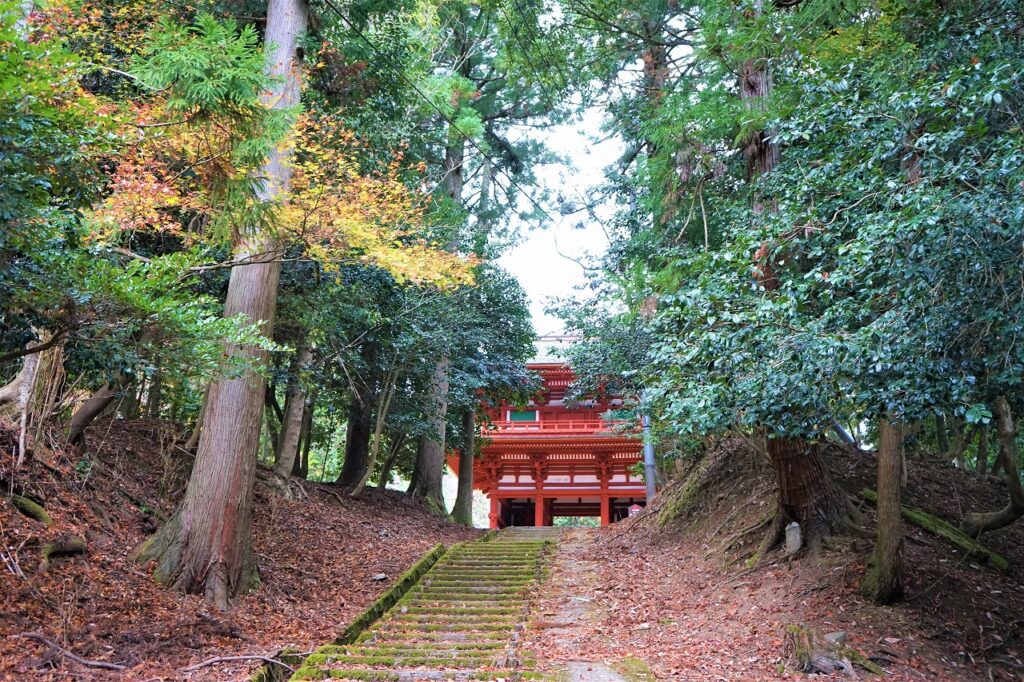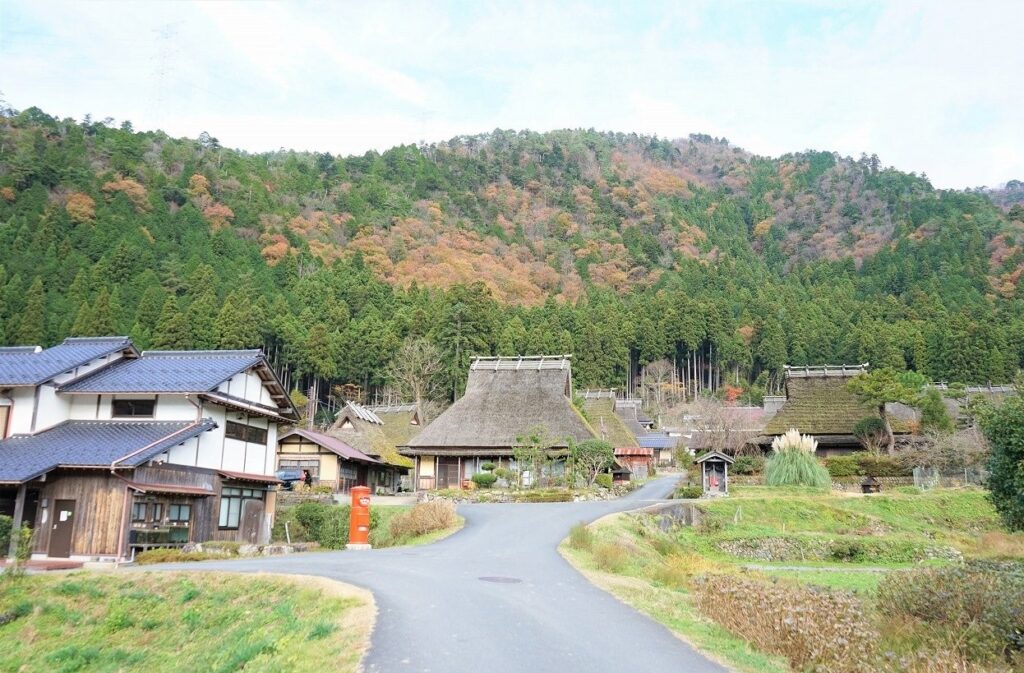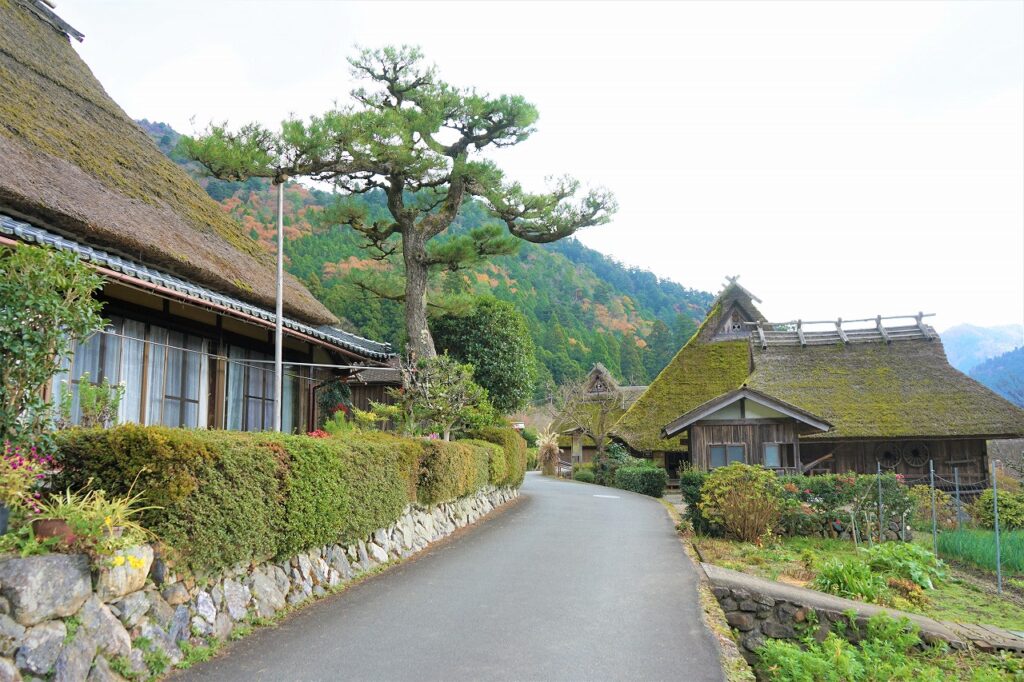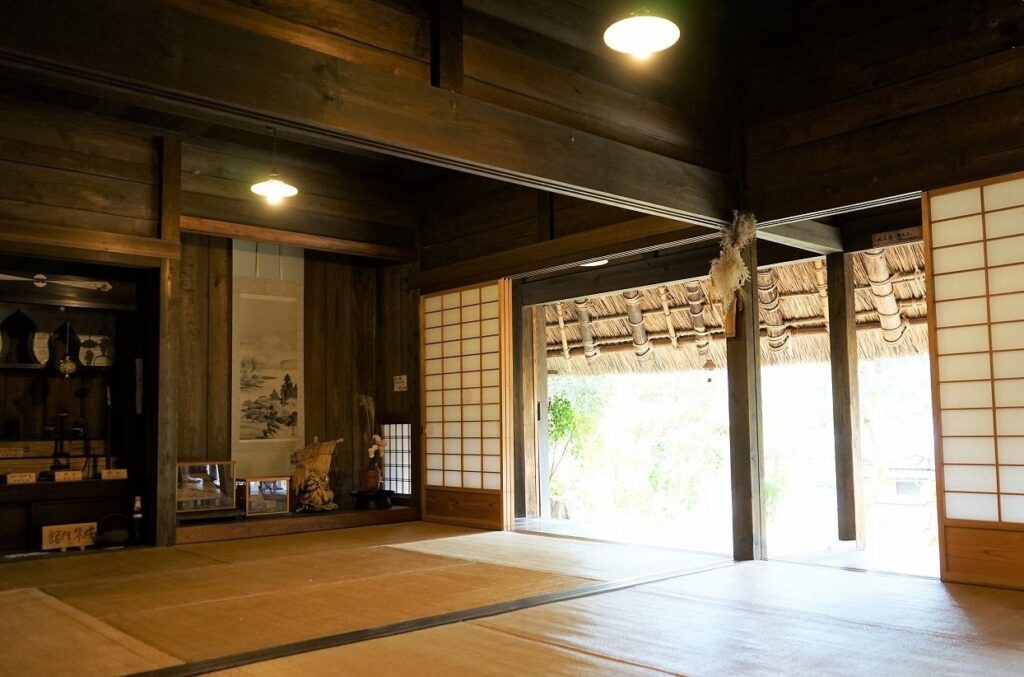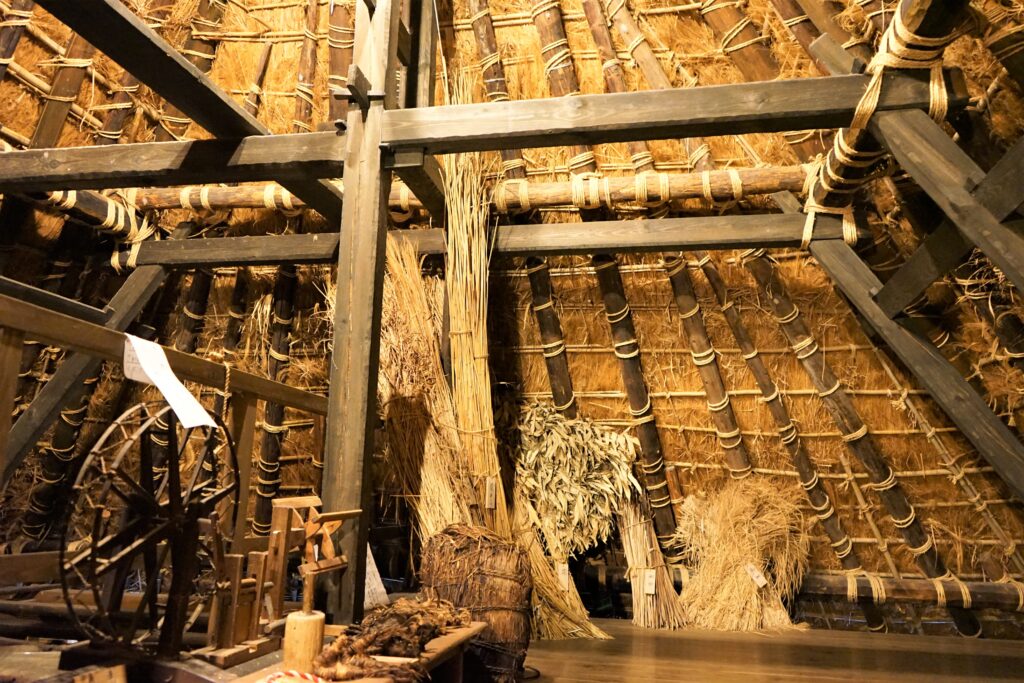2. Glass Studio Calore – Make Your Own Glass Object
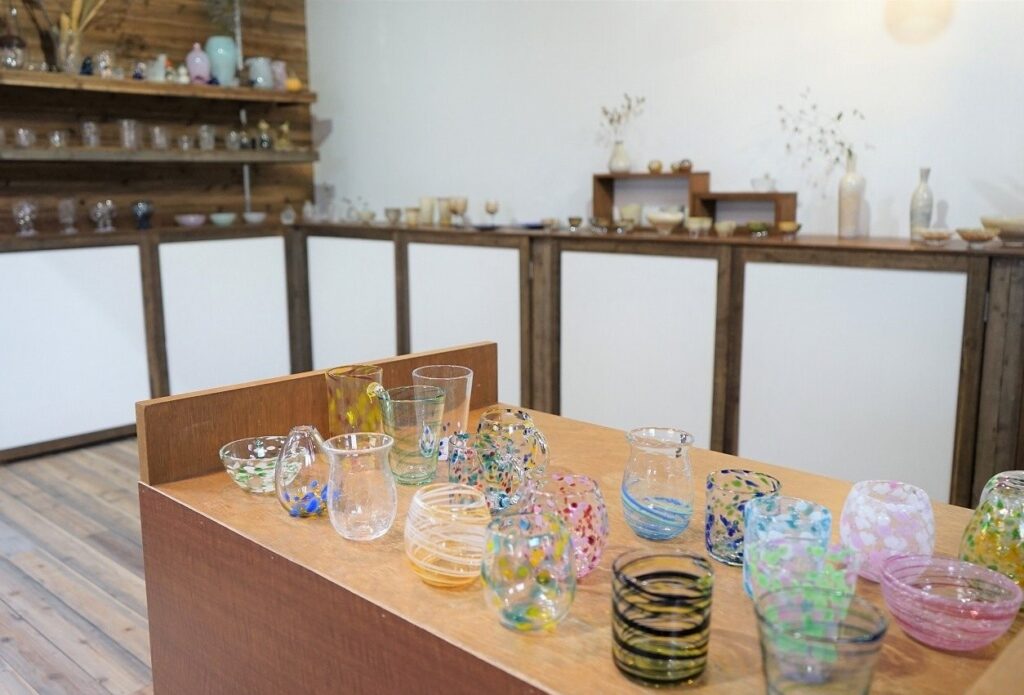
Glass Studio Calore is run by a family of professional glass artisans. Visit their studio and you’ll find a variety of original glassware with beautiful designs, including objects for everyday use, decorative items, and artistic pieces.
You can experience glassmaking yourself by taking part in a 20-minute workshop. Choose the shape, pattern, and color of the object you want to make from one of the samples available (shown in the foreground of the photo above). You can make a glass, a cup, or a vase. The basic workshop fee is 3,500 yen (before tax) with another fee of 500 yen for every design feature you might want to add.
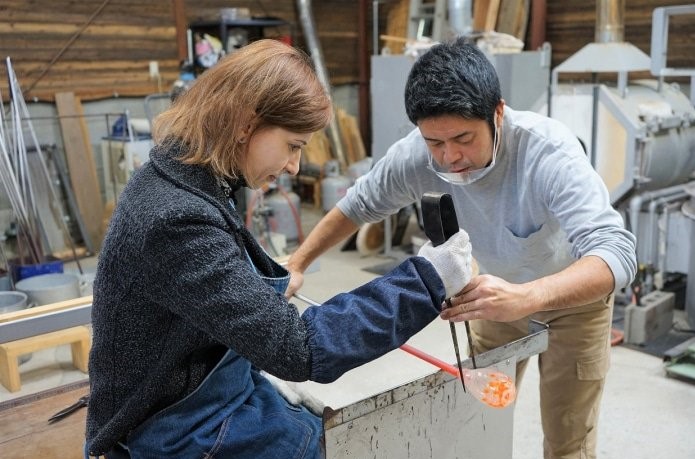
You’ll experience basic steps of glassmaking such as glassblowing, creating patterns and colors by fusing glass, and shaping the liquid glass using professional tools.
Liquid glass is heated in special ovens at 1200℃ and by the time you finish your original glass object, it will still have a temperature of 500℃! The object needs to be kept overnight in a special oven that gradually decreases its temperature, so make sure you can come the next day or on another day to retrieve your glass item. It will surely become a very special keepsake of your trip to Kameoka.
